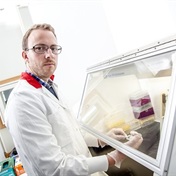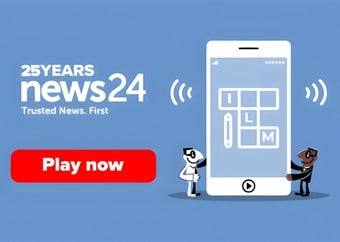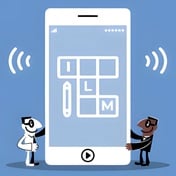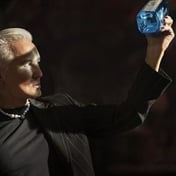This article has not necessarily been edited by Health24.
MONDAY, Nov. 30 (HealthDay News) -- Two new studies in animals suggest that stem cells from transplanted human-derived umbilical cord blood could help treat some lung and heart disorders.
Scientists already know that such stem cells can differentiate into a long list of different kinds of cells in the laboratory, Dr. Won Soon Park of the Samsung Medical Center in Seoul, Korea, co-author of one of the studies, said in a news release. But it's not clear if they can develop into lung-specific cells in the body, he added.
To find the answer, researchers transplanted the stem cells into newborn rats with lung injuries. They found that the stem cells provided protection and therefore could lead to a first-ever treatment for hyperoxic neonatal lung disease, or bronchopulmonary dysplasia, in premature babies.
In the second study, researchers in Germany examined the effect of autologous (self-donated) umbilical cord blood mononuclear cell transplantation on a type of heart function in animals. They are hoping to understand its potential to treat common cyanotic congenital heart defects.
The researchers reported that the transplantation, which was performed in sheep, was "feasible and safe."
Both studies were published online Nov. 16 in Cell Transplantation.
More information
Learn more about stem cells from the U.S. National Institutes of Health.




 Publications
Publications
 Partners
Partners










